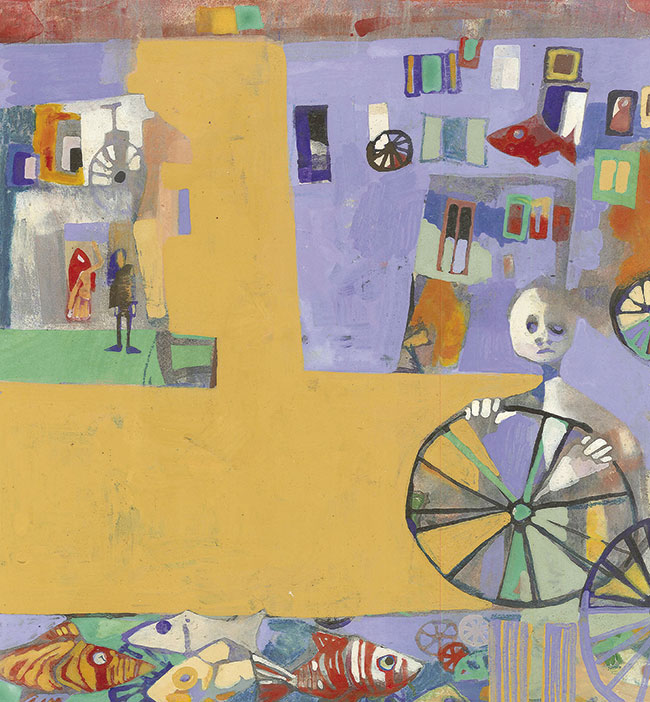
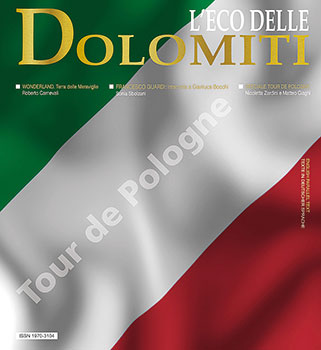
The concept of cycling
Antonín Kosík
Illustrations
Antony Fachin
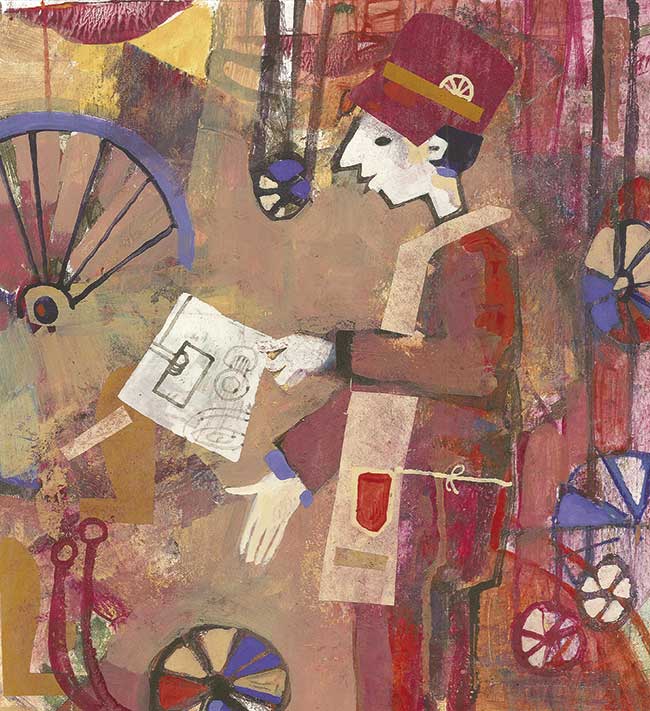
Mario de la Vega Ulibarri dealt in second-hand goods. He mainly bought machines from factories – machines that had been put out of use because the workers no longer knew how to operate such strange devices or what they made, and what purpose they actually served. He would do a colour drawing of the device on a large sheet of paper, make a note of the measurements and then pay a visit to his ex-wife, Alicia Becerril Moya, who lived in the woods outside town.
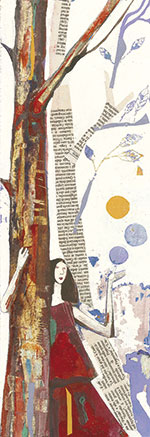 Until a short while ago she had practised witchcraft and everything that goes with it: reading the past and the future, making amulets, creating coloured fire and blowing on balls of light, healing aching backs and stiff fingers, and so forth. Recently, however, Alicia had decided it was all a waste of time and dedicated herself instead to curing bug-infested trees, breathing fire and muttering loudly. But even after so many years she could never refuse her ex-husband anything, and would, at the drop of a hat, look into the past to explain the use and purpose of a device. And so she would coldly contemplate, with temporal determination, the colour drawing of a device. At the risk of complicating the matter, we cannot fail but mention how Alicia could not only see into the past, but also discover a place other than that from which the machine came from, or find a place in the past echoed somewhere in the future. But this is perhaps only an assumption on our part, because we are not qualified enough to confirm Alicia’s visions. Her comments could be deciphered by her ex-husband alone, who probably often took them with a pinch of salt, or was in fact quite at a loss and would read them altogether differently. In which case, did her comments count for anything? It is all a question of interpretation.
Until a short while ago she had practised witchcraft and everything that goes with it: reading the past and the future, making amulets, creating coloured fire and blowing on balls of light, healing aching backs and stiff fingers, and so forth. Recently, however, Alicia had decided it was all a waste of time and dedicated herself instead to curing bug-infested trees, breathing fire and muttering loudly. But even after so many years she could never refuse her ex-husband anything, and would, at the drop of a hat, look into the past to explain the use and purpose of a device. And so she would coldly contemplate, with temporal determination, the colour drawing of a device. At the risk of complicating the matter, we cannot fail but mention how Alicia could not only see into the past, but also discover a place other than that from which the machine came from, or find a place in the past echoed somewhere in the future. But this is perhaps only an assumption on our part, because we are not qualified enough to confirm Alicia’s visions. Her comments could be deciphered by her ex-husband alone, who probably often took them with a pinch of salt, or was in fact quite at a loss and would read them altogether differently. In which case, did her comments count for anything? It is all a question of interpretation.Indeed, it is simply a question of interpretation. Mario de la Vega was not just a second-hand dealer; he was also a cyclist, and a keen one at that. Mario did not own a bicycle, but he knew what it looked like from the old adverts; and although well versed in the so-called “routine” of his trade – buying a machine, inventing a use, reselling it – he was incapable of producing a machine to make a bicycle. And until he could produce such a machine, or any such machines to make a bicycle, he went about on horseback. There was nothing strange about this. For someone who had never mounted a bicycle, riding a bicycle and riding a horse did not seem so very different: you sit down, apply pressure with the feet, look around, take a deep breath and then move on. You go slowly, and then gradually faster, from a trot to a gallop, and then set a gentler pace; for there’s no point in wearing out a bicycle.
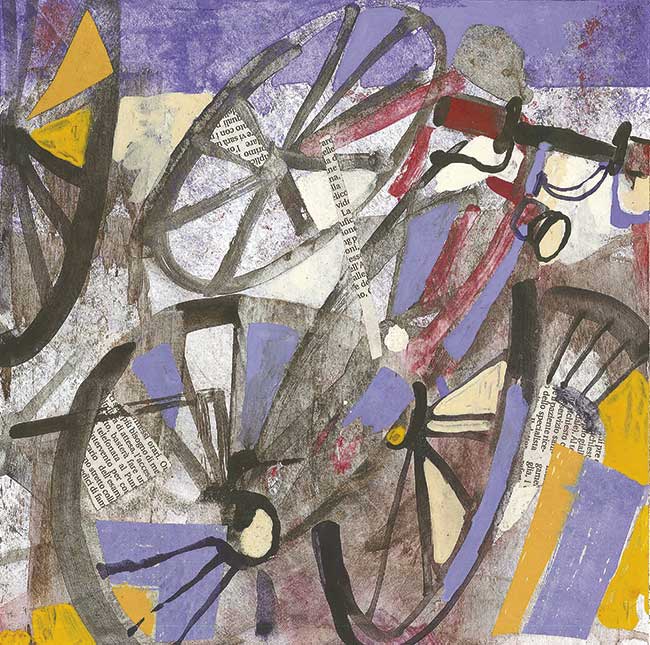
It is often said that everything is down to interpretation. Is this true? Is it? Or is it not? Or then again, maybe it is? In truth, it did not bother Mario if or how his cycle outings were interpreted. Any interpretation of how he struggled up a steep slope with his back bent forward, or passed a field of corn all peaceful and aloof, did not concern him in the slightest. If anyone told him that he was riding a horse and not a bicycle, he wouldn't have given him the time of day. Foolish words could not compromise the merging of man and bike into a single being that had to beware snakes and holes dug by stray dogs. The only people who choose to interpret are the old gossipers with addled minds, for whom an experience of any kind is lost in a past that will never return and, at the same time, in an impossible and unattainable future, and for this reason they doubt it in every conceivable way. Mario often invited his business friends and important customers to join him on his cycle outings, or rode with other people who owned bicycles. They would race each other over short distances, discover new cycle routes, or tie their bicycles to a palm tree and refresh themselves with fresh coconut milk and mescal. There was no room for interpretation; everything was clear and real, even when seemingly elusive: switch, pedal, handlebar, saddle, sombrero to protect against the sun – who could ever doubt the substance of cycling?
Shortly before Mario moved to Tlaltizapan, his ex-wife Alicia died. One day, all of a sudden, she stopped spouting fire, curing trees and muttering.
“It’s all a question of interpretation,” Mario thought to himself when he heard about the death of his ex-wife. He sold his horse and disappeared goodness knows where on a flying carpet. He was never seen again in the company of cyclists. There was nothing left to interpret.
